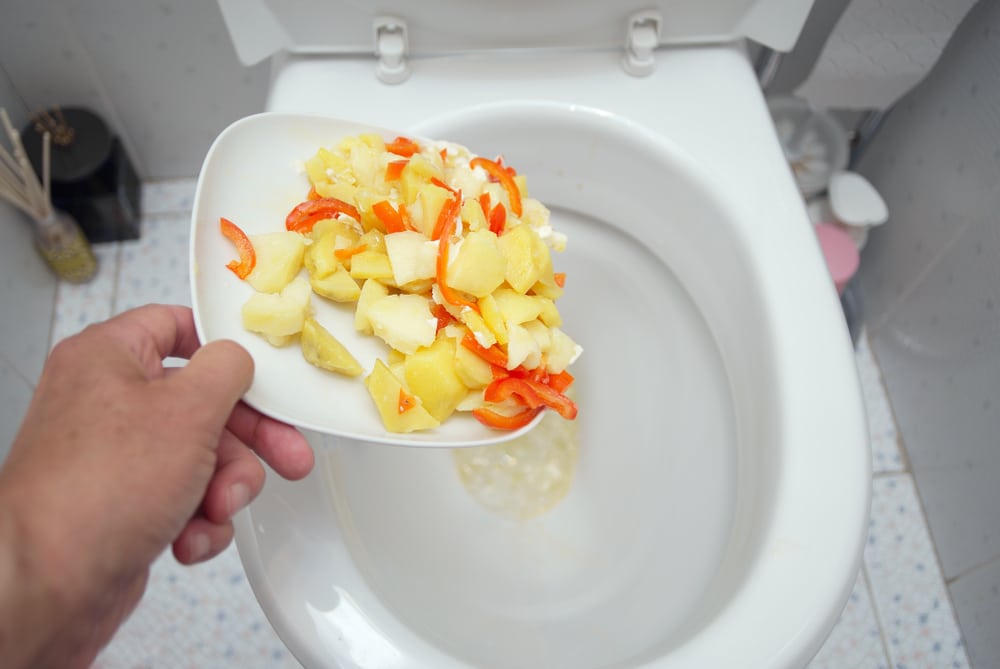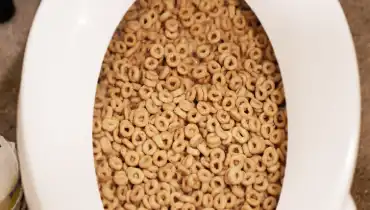Is it Sensible to Dispose of Food in the Toilet?
Is it Sensible to Dispose of Food in the Toilet?
Blog Article
We have stumbled upon the article involving Is it safe to flush food (especially rice) down the toilet? directly below on the internet and think it made sense to talk about it with you on this page.

Introduction
Many individuals are often confronted with the dilemma of what to do with food waste, specifically when it pertains to leftovers or scraps. One typical inquiry that occurs is whether it's alright to purge food down the toilet. In this write-up, we'll delve into the reasons individuals could take into consideration flushing food, the consequences of doing so, and different approaches for appropriate disposal.
Reasons people could think about purging food
Lack of recognition
Some individuals might not be aware of the prospective injury caused by purging food down the commode. They may incorrectly think that it's a safe practice.
Benefit
Purging food down the commode may appear like a fast and very easy solution to taking care of undesirable scraps, especially when there's no nearby trash bin available.
Laziness
Sometimes, individuals might just select to flush food out of sheer laziness, without considering the effects of their activities.
Repercussions of flushing food down the bathroom
Environmental influence
Food waste that winds up in waterways can add to pollution and injury water communities. Additionally, the water made use of to flush food can stress water resources.
Pipes problems
Flushing food can bring about stopped up pipelines and drains pipes, triggering pricey plumbing fixings and hassles.
Sorts of food that should not be purged
Coarse foods
Foods with fibrous structures such as celery or corn husks can obtain entangled in pipelines and create clogs.
Starchy foods
Starchy foods like pasta and rice can take in water and swell, bring about blockages in pipes.
Oils and fats
Greasy foods like bacon or cooking oils ought to never ever be purged down the commode as they can strengthen and cause blockages.
Appropriate disposal techniques for food waste
Utilizing a garbage disposal
For homes furnished with waste disposal unit, food scraps can be ground up and flushed through the plumbing system. However, not all foods appropriate for disposal in this way.
Recycling
Particular food product packaging products can be recycled, minimizing waste and minimizing ecological effect.
Composting
Composting is a green method to get rid of food waste. Organic materials can be composted and used to enrich soil for gardening.
The significance of proper waste monitoring
Decreasing ecological harm
Appropriate waste management methods, such as composting and recycling, help lessen air pollution and preserve natural deposits for future generations.
Shielding pipes systems
By avoiding the method of flushing food down the bathroom, home owners can prevent costly plumbing repair services and keep the integrity of their plumbing systems.
Conclusion
In conclusion, while it may be tempting to flush food down the toilet for convenience, it is very important to comprehend the prospective consequences of this activity. By embracing proper waste management techniques and disposing of food waste sensibly, people can contribute to much healthier plumbing systems and a cleaner environment for all.
FLUSH FOOD DOWN THE TOILET?
FLUSHING FOOD CAN CAUSE BLOCKED DRAINS IN YOUR HOME
All of the plumbing fixtures in your home are connected to the same sewer pipe outside of your home. This outdoor sewer pipe is responsible for transporting all the wastewater from your home to the Council sewer mains. Even small pieces of food that go down the kitchen sink can cause problems for your sewer. It should therefore be obvious that flushing larger bits of food, such as meat, risks a clog in either the toilet itself or the sewer pipes. Flushing greasy food is even more problematic because oil coagulates when it cools, coating the interior lining of your pipes.
THE TOILET IS NOT A BIN
Food isn’t the only thing that people shouldn’t be flushing down the toilet. People use the toilet to dispose of all kinds of things such as tampons, makeup wipes, dental floss, kitty litter and even underwear. Water goes to great lengths to educate residents about the high costs and stress placed on wastewater treatment systems simply from people flushing the wrong stuff down the toilet. It costs taxpayers millions of dollars each year, and homeowners thousands in blocked drain repairs.
FLUSHING FOOD IS A WASTE OF WATER
Flushing food is a waste of our most precious resource - water. In June this year Level 1 water restrictions were introduced to protect water supply from drought conditions. Much of New South Wales continues to be affected by prolonged drought with recent figures revealing up to 97 per cent of the state remains in drought. Depending on whether you have a single or dual flush toilet, every single flush uses between five and 11 litres of water. In the current climate this is a huge amount of water to be wasting on flushing food that should be placed in the bin (or better yet, the compost).
https://www.jabplumbingsolutions.com.au/blog/can-you-flush-food-down-the-toilet

We were shown that article about through an associate on another site. Those who liked our blog post plz remember to pass it around. Thanks for going through it.
Call Today Report this page